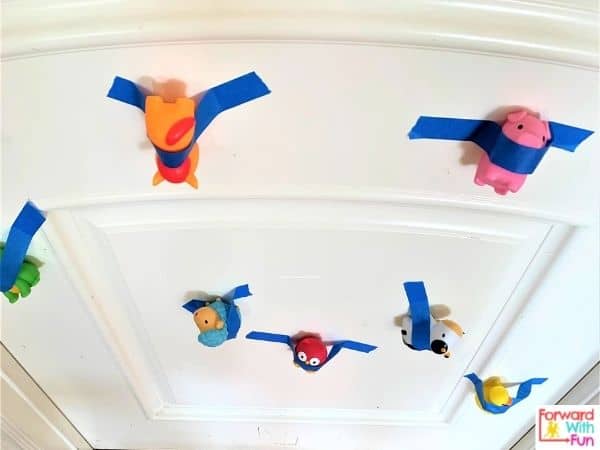
What is phoneme isolation and why is it SO important for early readers?
Phonemes are sounds. Phoneme isolation is the act of picking out sounds at the beginning, middle, and end of words. This set of skills most commonly refers to picking out sounds in CVC words, aka consonant vowel consonant words and is taught in the following order:

What is an example of phoneme isolation?
A child who can do all three phoneme isolations will know that the beginning sound of log is /l/, the middle sound is /o/, and the ending sound is /g/.
If a child is unable to isolate sounds they will have a really hard time reading and will not be able to write independently.
What sound does rabbit start with? If you said R, you're wrong! The letter R is not a sound, it's a letter.
If you said /r/ (the sound that R makes), you would be spot on! Beginning sound isolation comes before ending and middle sounds so try these activities before moving on:

You can play any of the beginning sound isolation games but switch the phoneme you're focusing on to ending sounds.

2. Play "Which one?" We play this in the car. I ask my child, "Which one ends in /m/?" Then I give three choices like "sat, bam, or fin?" You can even play with two choices to make the game simpler.
3. Stand up, Sit Down is a great game from Pride Reading Program where you give your child two words. They stand if they have the same ending sound and they sit if they have different ending sounds! That's a game you can play for just one minute and get a ton of practice with ending phoneme isolation!
For more incredible ending sounds games check out my post on the top 7 ending sounds activities for kids.
When I talk about middle sounds, I mean the middle sounds of CVC words aka 3 letter words. Hearing the middle vowel sound is difficult!
Here are the two ways to help kids listen for the sound:

Once a child is able to break up a word into all the sounds, they will be able to do the next phonemic awareness skills called phoneme segmentation. This means they can segment a word into all the phonemes or sounds it has.
An example of phoneme segmentation with the word lit: /l/ /i/ /t/
To practice phoneme segmentation, I use two strategies most commonly:
Phoneme isolation and segmentation go hand in hand as children develop the ability to spell on their own and understand the structure of words as they become readers!
My co-teacher Mr. B has created so many hands-on ways to practice phoneme segmentation in this silly Youtube video.